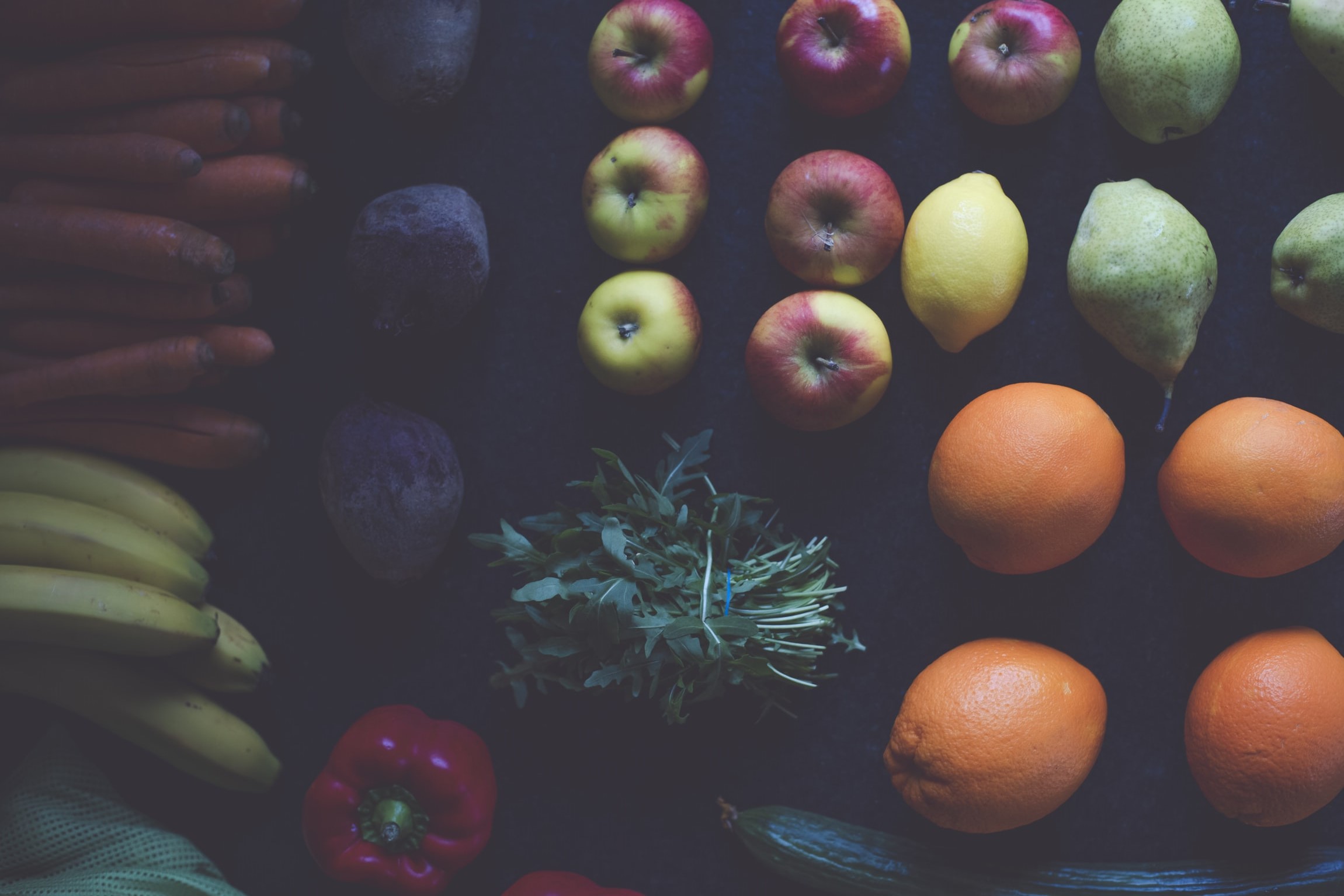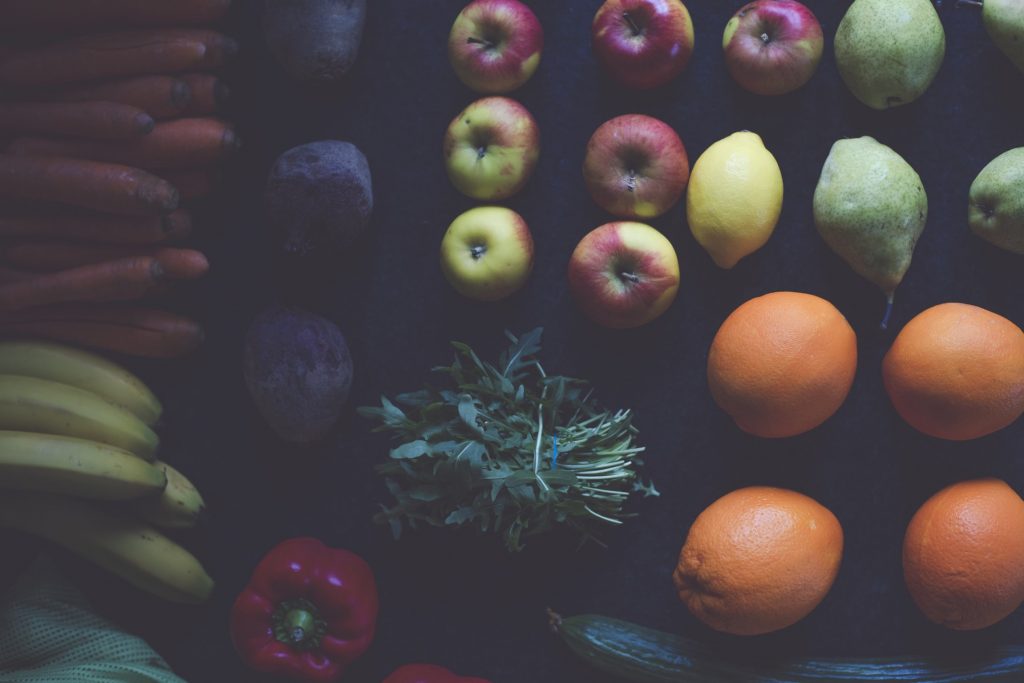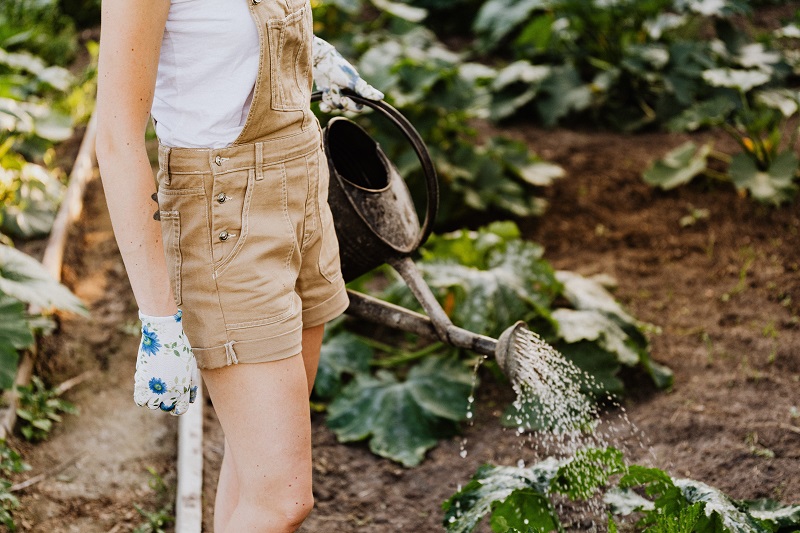
As natural resources deplete and carbon emissions increase at an alarming rate, sustainable living should be on everyone’s mind. Whether for energy sources, transport or even food sourcing, each sustainable undertaking does contribute to the cause.
What Is Sustainable Eating?
Sustainable farming and eating means adopting farming and eating habits that do not compromise the ability of future generations to do the same. Note, this does not mean eating less food or abandoning some food types altogether. It leans towards healthy organic foods rather than processed sorts. San Diego, with the mild climate, featuring hot and dry summers and cool and wet winters, provide a prime location for sustainable living, more so sustainable eating. Here’s how.
1. Grow Your Food
Do you have a farm, a small patch behind the house, or even a balcony? Grow something! It doesn’t have to be a whole farm of all sorts of food. Start with herbs in a pot, legumes in a trough or tomatoes and kale in your backyard. It supplements your diet with healthy foods, cuts the need to source for food transported over long distances. Also, the whole process of growing your food and witnessing the process will for sure provide some insight into how you use and dispose of food.

2. Diversify Your Diet
Studies show meat production, especially beef, is one of the highest contributors of greenhouse gases. Well, this doesn’t necessarily mean your rear a cow on your balcony or quit meat altogether. Diversifying your plate with alternatives means you’ll eat less meat and save money. Tasty options for red meat include;
- Eat more plants- experts suggest having half of your plate full of vegetables and fruits. Not only are they colorful, but they are also nutritious as well.
- Seafood- though fish by itself is healthy, some species are at risk due to overfishing. Source this handy protein from sustainable local fisheries or MSC-certified sources. If that is not possible, pursue alternative seafood that does not include the species that are at risk.
- Non-meat Proteins-Seek alternatives such as legumes and nuts
- Yard-grown meats- some beef alternatives need less space to rear and leave a far smaller carbon footprint. Rear your free-range chicken for a regular supply of meat and eggs.
2. Clean Cooking
The electric cooker and gas take a toll on the environment, and your wallet. Sustainable eating starts with initial preparation. Clean cooking includes using solar cookers, solid biomass stoves and biogas.
- Solar cookers-easy to use and sustainable. You can source one from the San Diego solar power installation companies who offer a wide range of solar products as part of their solar power solutions.
- Biogas stoves-the source of fuel is methane gas from anaerobic digestion of dung, manure and other organic waste
- Solid biomass stoves-utilizes locally available biomass as fuel
Since they are not usually self-sufficient on their own, you can use them in tandem, or to supplement your existing electricity or gas cooker.
3. Local Shopping
Supporting your community is sustainable living. Shop at the local farmer’s market, groceries and restaurants. Initiate conversations about their farming practices and products and how the food gets there. Resourceful conversations equip you with knowledge on how to live more sustainably, as well as knowledge on sustainable food preparation.
Seasonal eating, well, does not mean intermittent fasting. Support the local farmers by eating the produce that is in season. Purchasing fresh out of season items means that, high chances, it was sourced from far, and might not have been farmed sustainably.
4. Mindful Eating
Every year, roughly a third of the food produced goes to waste. Simply put, in every household, for every $100 spent, $33 goes into the trash. Sustainable living involves mindful reasoning about the source and impact of everything you use or consume.
Mindful eating goes beyond mere eating to feed a hunger or avoid death. Think about the source of the food on your plate, how it was grown, distance to get to you, how to get the most out of it, and nourishing value to your body. This means you use the food parts more, size your potions, initiate sustainable preparation methods and reduce food waste.
Sustainable living starts with good health. Eat home grown food, support your local food market, mindful eating and so on. However small scale your sustainable living efforts in San Diego area, know you are making a contribution.



